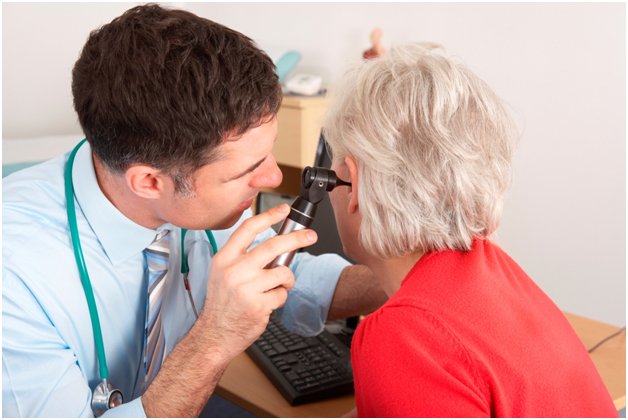Q: Which ear drops remove earwax best?
The medical name for earwax is cerumen, which comes from the Latin word “cera,” which means wax. Instead of wax, cerumen is a sticky liquid secreted by the skin’s cells lining your ear canal that helps protect your eardrum and has an antimicrobial effect. As it moves through your ear canal, earwax also attracts dust and dirt particles, sweeping them through it.
For some people, their earwax or cerumen will flake away as it reaches the outer part of their ear, never causing any trouble.
Wearing hearing aids or earbuds increases the production of earwax and can block inside your ear. Sticking cotton-tipped swabs or bobby pins into your ear canal doesn’t remove earwax effectively and instead can create a waxy plug and pressure, discomfort, and hearing loss.
The best way to remove ear wax is to soften first it so that it can either come out on its own or be flushed out.
There are two main types of products designed to remove cerumen: oil-based ear drops and water-based ear drops. Oil-based ear drops may contain olive oil, coconut oil, or almond oil, while water-based products can contain saline, hydrogen peroxide, glycerin, or a compound called docusate.
There isn’t any single best ear drop for ear wax removal. A recent systematic review of earwax removal products showed no significant differences between any of them.
According to a 2018 survey from US News and World Report and Pharmacy Times, 96% of American pharmacists surveyed recommend carbamide peroxide drops to soften ear wax, available as Debrox® or Murine®, while the other 4% recommended glycerin drops.
Carbamide peroxide releases oxygen when it contacts earwax, creating a foam that liquefies the cerumen. I have tried carbamyl peroxide products but stopped using them because they caused loud crackling and popping sounds and an unbearable tickling sensation inside my ear canal from the bubbling foam.
Ear drops containing docusate sodium (Waxsol®) are available in the United Kingdom (UK). Docusate is a non-prescription stool softener or lubricant laxative which pulls liquid into hard stools to make them softer and less painful to eliminate. It’s believed that docusate does the same thing to dried, impacted cerumen.
In our clinic, we first fill the affected ear canal with liquid docusate sodium, leave it in there for 1 to 3 days to soften the cerumen, then flush out the ear canal with warm water.
I prefer a 2-step process using a 250mg capsule of docusate sodium to soften earwax because it’s easy and effective. In Step 1, I snip a hole at the end of a capsule, squeeze its contents into my ear canal, then place a small piece of a cotton ball into it to keep the liquid in place before starting on the other ear. I usually repeat this routine 2-3 three times a day for a day or two before going to Step 2, flushing out my ears.
Once the cerumen has had time to soften, I GENTLY flush it out into a sink with a small bulb syringe filled with warm water. One of my colleagues flushes her ears out during a warm shower.
I position the nose of the bulb syringe along the top of my ear canal instead of in the middle because I find it helps more chunks of earwax to escape. Avoid “power washing”; too much pressure can damage your eardrum.
Remove excess water in your ears by tipping your head and blotting with a towel, using a hairdryer on a low setting, or using ear drops designed to remove water in your ear. Swim-Ear® with isopropyl alcohol and anhydrous glycerin is effective at drying up excess water.
Here Are 5 Tips to Combat Earwax:
- Don’t push cotton-tipped swabs, bobby pins, or rolled napkins into your ear.
They only force ear wax further inside your ear canal, leading to impaction and pressure, pain, and muffled hearing.
- Both oil-based and water-based drops can help soften ear wax enough to remove it.
It’s often a trial and error process to find something that works for you.
- Avoid using ear drops if you have ear pain, bleeding, or any discharge from your ear.
Call your doctor instead. You could have an external ear infection, which requires a very different approach.
- Don’t use a Water Pik® or high-powered device to flush out your ears.
Too much pressure can damage your eardrum or force fluid past it, triggering an inner ear infection.
- Use warm water when flushing.
Cold water is uncomfortable and can cause problems with your balance.


